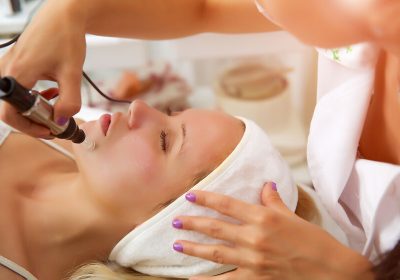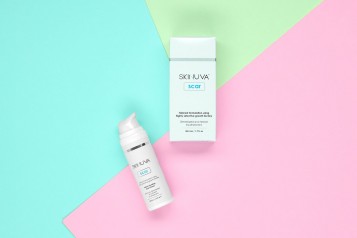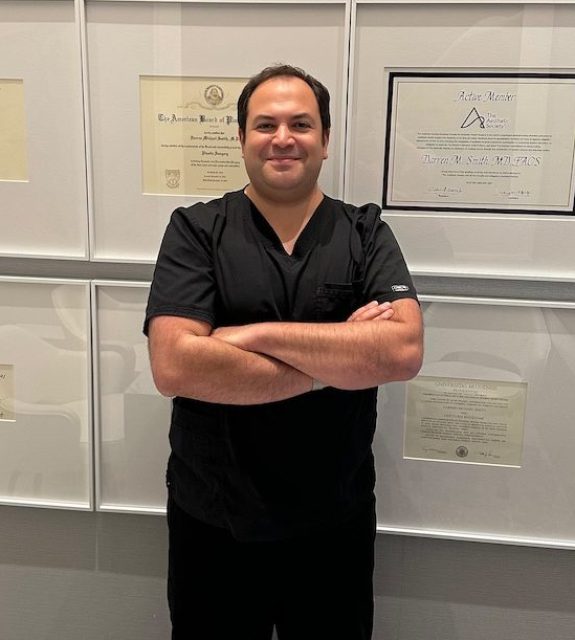Sure, a well-fitted face mask or a 24k gold under-eye mask may be very instagrammable for a girl's night in, they simply aren't intended to get rid of all under-eye imperfections. Sometimes you want to target the problem area with a more permanent fix to the stubborn dark circles or puffy bags you've been battling your whole life. And you're not alone. Dr. Demetri Arnaoutakis, a Beverly Hills-based plastic surgeon who specializes in facial plastic surgery, explains that the most frequently requested eye procedure has to do with patients no longer wanting to look "tired" or masking their puffiness or dark circles with layers of concealer and foundation. Here, the renowned doctor is walking you through everything you need to know about under-eye treatments, from an overview of surgical and non-invasive procedures to recovery time and the small risks patients should be aware of.

Haute Beauty: Can you give us an overview of the under-eye procedure?
Dr. Demetri Arnaoutakis: Lower eyelid “bags” and “dark circles” are two very common reasons why patients see me for a cosmetic surgical consultation. Of course, each patient is unique and it is important to hear their particular story or request. However, the majority of the time I hear “these bags make me look tired” or “people always tell me I look tired.” There are a variety of reasons for the development of dark circles and lower eyelid bags. Not everyone will need surgery, and not everyone can be helped with non-invasive treatment options like filler. The surgery is referred to as under-eye blepharoplasty. I perform a transconjunctival incision which means making the incision behind the lower eyelid. This incision is used to access the prolapsed orbital fat for repositioning or rarely removal. If the patient has redundant skin, then a small pinch of the skin can be removed.
HB: Which patients qualify for this procedure?
DA: Patients that have both excess lower lid fat and hollowing along the infraorbital rim would benefit from a lower lid blepharoplasty. In these instances, I reposition the fat to the depressed area in order to smooth the contour and fill the void. Some patients may even have excess under-eye skin. Sometimes, if significant, this requires surgical removal. Otherwise, chemical peels or laser resurfacing can help tighten the skin and improve the overall appearance.
HB: Are there other options besides surgery?
DA: Not everyone is a good candidate for surgery. There are other minimally invasive procedures such as volume restoration with filler, Botox, lasers, peels and eye creams. The under-eye filler is a very common procedure I perform in my practice, especially for younger patients who simply have volume loss without herniation of the fat pads. I like to use hyaluronic acid-based fillers such as Restylane for this. It is an in-office procedure that takes less than 30 minutes to do.
HB: Are there any risks patients should be aware of?
DA: Of course, there are inherent risks and complications of any procedure. Nevertheless, patients need to be completely informed about the surgery which includes pain, bleeding, infection, and even failure to improve the appearance of the eye. I spend a significant amount of time with my patients to educate them about our surgical plan.
HB: What is the recovery time like?
DA: There likely will be some swelling and bruising around the eyelids for one week. However, most patients can return to work after 5 to 7 days. There can be some eye discomfort after the procedure. Ice packs are recommended for the first 2 days to decrease swelling. I encourage my patients to take Arnica & Bromoline to help reduce swelling and bruising.
























